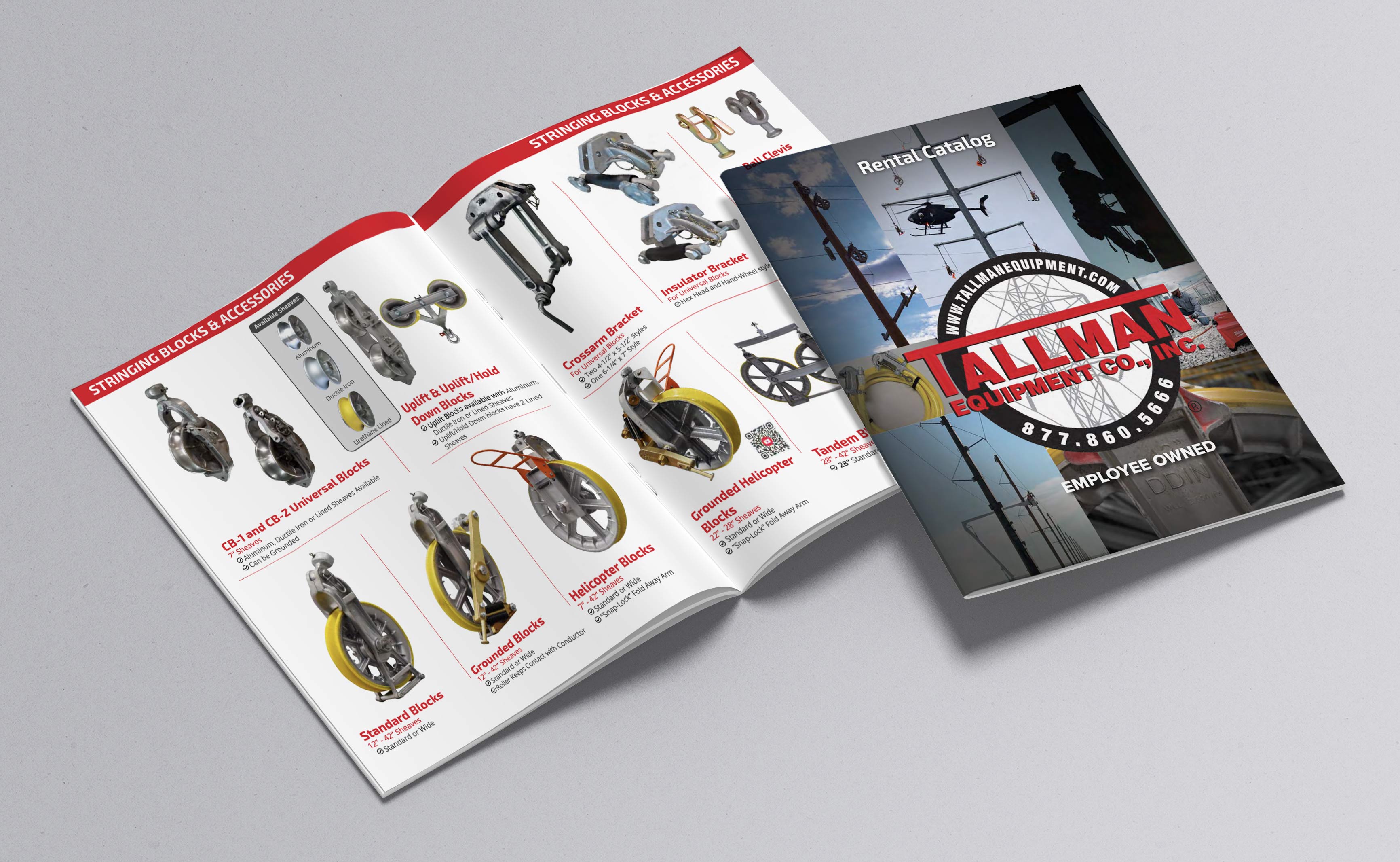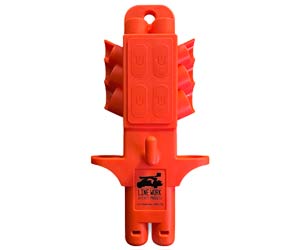Is arc flash analysis required by OSHA?
By R.W. Hurst, Editor

NFPA 70e Training
Our customized live online or in‑person group training can be delivered to your staff at your location.

- Live Online
- 6 hours Instructor-led
- Group Training Available
Download Our OSHA 3873 Fact Sheet – Minimum Approach Distance and Training Requirements

- Calculate MAD using voltage and overvoltage values
- Ensure proper communication between host and contract employers
- Meet OSHA training requirements for qualified electrical workers
OSHA does not explicitly require arc flash analysis, but mandates hazard assessments under the General Duty Clause. NFPA 70E provides the standard method for hazard evaluation, PPE selection, and compliance with electrical safety rules.
Is Arc Flash Analysis Required by OSHA?
OSHA does not explicitly require arc flash analysis, but it enforces hazard assessment obligations under the General Duty Clause and references NFPA 70E for compliance.
✅ Not explicitly required, but OSHA mandates electrical hazard assessments under the General Duty Clause.
✅ NFPA 70E outlines the accepted method for arc flash hazard analysis and PPE determination.
✅ Supports compliance by guiding PPE selection, hazard boundaries, and safe work practices.
Employers must assess electrical hazards and provide appropriate personal protective equipment (PPE), making arc flash analysis a critical component of OSHA compliance. Our Arc Flash Hazard Analysis article explains how arc flash hazard analyses are utilized to establish safety boundaries, ensuring that workers maintain a safe distance from energized equipment to prevent injuries.
Request a Free Training Quotation
OSHA mandates that employers protect workers from recognized hazards, including electrical safety risks, under the General Duty Clause. While OSHA doesn't explicitly mention it in its standards, it references NFPA 70e, which outlines the need for this type of analysis to assess hazards and determine the appropriate personal protective equipment (PPE) needed to protect qualified persons involved in safety-related work practices. Conducting an analysis helps ensure compliance with OSHA standards and reduces the risk of severe injuries caused by electrical incidents. Arc Flash Study Requirements outlines the critical factors and standards involved in conducting an arc flash study, highlighting the importance of proper training, experience, and adherence to codes like NFPA 70E and IEEE 1584.
Test Your Knowledge About Arc Flash!
Think you know Arc Flash? Take our quick, interactive quiz and test your knowledge in minutes.
- Instantly see your results and score
- Identify strengths and areas for improvement
- Challenge yourself on real-world electrical topics
An arc flash risk assessment is a critical step in identifying potential hazards when performing electrical work on or near energized electric equipment. This process determines the arc flash boundary, which is the safe approach distance where the incident energy drops to a level unlikely to cause a second-degree burn. Within this boundary, workers must wear clothing and personal protective equipment (PPE) with minimum arc ratings sufficient to withstand the calculated incident energy. Properly defining the arc flash boundary not only protects workers from thermal injuries but also ensures that safety measures are consistent across all job sites.
The NFPA 70E Standard for Electrical Safety in the Workplace requires employers to implement these assessments and enforce PPE use for any work inside the established boundaries. Selecting clothing and personal protective equipment PPE based on accurate arc ratings is essential to compliance and worker safety. From face shields and arc-rated jackets to insulated gloves, each item must meet or exceed the minimum arc ratings specified by the hazard level. By following NFPA 70E guidelines and maintaining accurate arc flash risk assessment data, companies can minimize the dangers of working on energized electric equipment while demonstrating a strong commitment to workplace safety.
Frequently Asked Questions
Which OSHA Standards Address the Need for Arc Flash Analysis?
OSHA (Occupational Safety and Health Administration) standards, particularly those in 29 CFR 1910 Subpart S and 29 CFR 1910.132, emphasize the importance of electrical safety and the correct use of personal protective equipment (PPE). These standards don't explicitly mention arc flash analysis but emphasize the necessity of assessing workplace hazards, which includes the risks posed by electrical explosions. Evaluating these hazards, assessing incident energy levels, and providing appropriate protective equipment for employees working in high-risk areas is critical to meeting OSHA electrical safety standards.
How Does OSHA Enforce Arc Flash Analysis Requirements in the Workplace?
While OSHA does not directly mandate arc flash analysis, it can cite employers under the General Duty Clause if they fail to protect workers from recognized hazards, including electric arc flash. OSHA inspections typically assess whether employers have implemented safe work practices and provided adequate training and personal protective equipment (PPE) for workers. If employees are exposed to risks without proper safety measures, OSHA can issue citations, which may include fines or other penalties. OSHA Arc Flash Requirements provides a comprehensive overview of OSHA's stance on arc flash hazards, emphasizing the necessity for hazard risk analyses and appropriate personal protective equipment (PPE) to ensure workplace safety.
What Is the Relationship Between NFPA 70E and OSHA Regarding Arc Flash Analysis?
The NFPA 70e standard, developed by the National Fire Protection Association NFPA, serves as a guideline for electrical safety and is frequently referenced by OSHA when assessing compliance with workplace safety regulations. NFPA 70E, generally accepted as the standard for electrical safety, outlines the requirements for identifying shock hazards, conducting an arc flash analysis, and determining the necessary arc-rated PPE based on incident energy levels. While OSHA does not enforce NFPA 70E directly, it often uses the standard to assess whether employers have taken adequate steps to protect workers from hazards. Our NFPA 70E PPE Requirements article details the PPE requirements as specified by NFPA 70E, guiding employers on selecting appropriate protective gear based on incident energy analyses or task-based categories.
What Are the Consequences of Not Performing One, According to OSHA Guidelines?
Failing to perform an arc flash analysis can have serious consequences. Without an analysis, employers may not be able to identify areas with high incident energy levels or provide the appropriate safety measures for employees. This can lead to increased risks of electric shock, burns, or even fatalities. Additionally, failing to conduct an analysis may result in OSHA citations, as the absence of such an assessment could indicate non-compliance with OSHA's requirement to protect workers from recognized electrical hazards. Employers that fail to comply with these guidelines face potential legal and financial liabilities, including fines and operational shutdowns.
FREE EF Electrical Training Catalog
Download our FREE Electrical Training Catalog and explore a full range of expert-led electrical training courses.

- Live online and in-person courses available
- Real-time instruction with Q&A from industry experts
- Flexible scheduling for your convenience
While OSHA does not directly require an analysis, it is a critical component of meeting OSHA's standards for a safe working environment. Employers are responsible for assessing electrical hazards, ensuring employees are equipped with the appropriate PPE, and adhering to the consensus standards outlined in NFPA 70E. Conducting an analysis is a vital step in fulfilling these responsibilities and ensuring compliance with OSHA's safety regulations, ultimately protecting workers from the severe risks associated with electrical incidents. Our Arc Flash Analysis Training course offers in-depth instruction on performing arc flash analyses, covering methodologies, equipment selection, and strategies to mitigate risks, aligning with OSHA and NFPA 70E standards.
Related Articles







